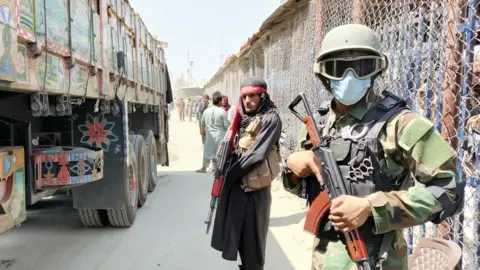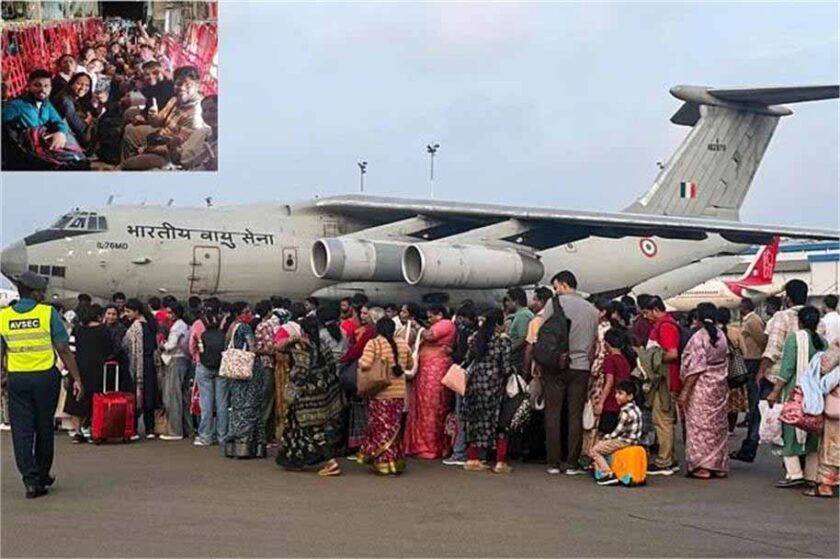Delhi: The escalating tensions between Afghanistan and Pakistan are sending shockwaves across South Asia, with potential implications that reach far beyond their borders. The recent border clashes, rooted in decades of mistrust and violence, highlight the fragility of regional stability and the complex geopolitics at play.
The conflict centers around the Durand Line, drawn in 1893 during the British colonial era, which Afghanistan has never formally recognized. Recent exchanges of artillery fire, drone strikes, and shelling in areas like Chaman and Torkham have disrupted trade and civilian movement, escalating into what many analysts describe as a “war without declaration.”
Pakistan accuses the Afghan Taliban of providing shelter to the Tehreek-e-Taliban Pakistan (TTP), responsible for attacks on Pakistani forces and civilians. Kabul, in turn, charges Pakistan with violating its sovereignty through airstrikes and incursions into Afghan border areas. Ironically, Pakistan itself had nurtured the Taliban as a “strategic depth” against India—yet the very force it supported has now become a strategic headache.
India is observing these developments with calculated restraint, following a policy of “strategic patience with active monitoring.” New Delhi has avoided direct intervention while maintaining humanitarian engagement with Afghanistan—supplying wheat, medicines, and vaccines, and reactivating its embassy mission in Kabul to sustain diplomatic and developmental links. This approach enables India to counter Pakistan’s influence while establishing long-term ties with Afghanistan.
The United States has largely withdrawn from direct involvement, focusing on other global priorities, while China faces a dual challenge: preserving its close ties with Pakistan and securing its economic investments along the China-Pakistan Economic Corridor (CPEC), some of which are vulnerable amid the border unrest.

The Taliban, asserting Afghan sovereignty, have strengthened ties with China, Iran, Russia, and India, adopting a multi-polar diplomatic approach to reduce Pakistan’s leverage. For Pakistan, already struggling with economic instability, inflation, and domestic unrest, this conflict exacerbates internal pressures and exposes the risks of its past “militant diplomacy.”
The ongoing standoff offers no clear victor. Afghanistan and Pakistan are engaged in a struggle not only over borders but also over influence, control, and strategic identity. India, by contrast, emerges as a patient, credible regional actor, while the broader Muslim world remains cautiously observant.
The path ahead holds three possible scenarios: a prolonged low-intensity conflict, regional instability affecting Central Asia and Iran, or a limited mediated settlement potentially brokered by China or Saudi Arabia. Regardless, the stakes for Asia are immense, as the Durand Line clashes could shape the region’s stability for years to come.





